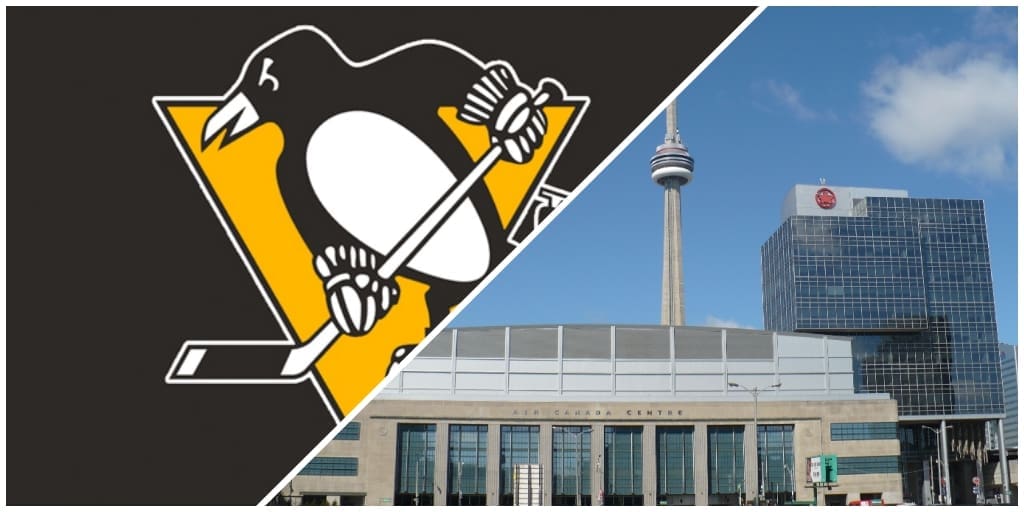Penguins
Roster Limits and Bubble City Life Rules for Penguins, NHL Teams

And it begins. The full and official NHL Return to Play has essentially been agreed to by the negotiating parties of the NHL and NHLPA, and a Memorandum of Agreement is in the works. The agreement includes the new Phase 3 and Phase 4 protocols in conjunction with a new six-year CBA extension. The Pittsburgh Penguins roster, like the rest of the NHL teams, will be defined as will their behavior in the Toronto and Edmonton bubble cities.
Rule 1 and most obvious: Don’t leave the bubble. Players who leave the bubble could be quarantined or expelled. Testing and protection are paramount details in the NHL return, as noted by the volume and scope of COVID-19 testing.
Players will take their temperatures two hours before arriving at the facilities and be rechecked at the facility. Players will also undergo a daily nasal swab, and doctors will check for symptoms, daily.
The list of people who will be tested is also huge. The NHL will test everyone from hotel bartenders to kitchen staff and housekeeping. Teams will bring a maximum of 52 people, including at least three coaches, one social media person, but no more than 31 players.
TSN calculated the NHL would administer at least 1248 daily COVID-19 tests, just for the teams. Hotel and arena staff will be in addition to that number.
The 31-player rule is in contrast to Phase 3 training camps, which begin Friday, July 13. Unlimited goalies may be in camp, but it appears the league has dropped that option for the bubble. That limit could necessitate some interesting roster moves. Would a team carry 27 skaters and four goalies, or gamble with just three netminders?
Finnish goalie and North American first-year pro, Emil Larmi is the Pittsburgh Penguins fourth goalie. The 22-year-old goalie went through piles of red tape and airport miscues to arrive in Pittsburgh for Phase 2. Casey DeSmith is solidly the third netminder.
The NHL and NHLPA have the option to delay or call off a game or the entire NHL return due to increased risks, not limited to, but primarily a COVID-19 outbreak. There isn’t a specific number of positive tests to define an “outbreak.”
It probably will not become an issue, but the NHL will financially punish any team which violates the protocols. The NHL could also impose the loss of draft picks. The league will remove and disqualify any player who doesn’t comply with the bubble city rules and testing.
Bubble City Life for Pittsburgh Penguins / NHL Teams
Players may opt-out of the return, within three days of the official ratification of the agreement. That deadline figures to occur late this week.
Once inside the bubble, players will be living in solitary confinement. Quite literally. Players will live in single-occupancy rooms, and players will not be permitted to enter other rooms. Teams will have a designated floor and designated meeting areas.
Housekeeping will be available every third day. The players will also have contactless room service and access to local restaurant delivery.
Players may use common areas of the hotel, including the pool and the hotel bar, but participants must social distance. There will also be outdoor areas to exercise and mingle.
The NHL is also planning events outside the bubble, such as golf outings. The league will control transportation. Social distancing and masks will be required.
Players must also wear masks anytime they are outside their hotel room, except when eating, working out, or playing. Coaches and officials are not required to wear masks during play.
Phase 3 and Phase 4
Players will be tested three times, 48 hours apart in the seven days before arriving at the bubble city. Daily testing begins upon arrival.
Players who leave the bubble for approved reasons, such as childbirth or a family death, may return but will go through additional testing measures. Players who leave without approval will be removed.
Families will be allowed to visit in Conference Finals and Stanley Cup Final, but not until then. In the meantime, teams have personnel set up to assist families with chores such as grocery shopping and errands. For a real-life example, newly acquired Pittsburgh Penguins winger Patrick Marleau will not see his family for at least five weeks if the Penguins advance to the Eastern Conference Final.
You can view his large and not-camera shy family in his video chat from April.
Families will be allowed to stay in the same hotel room, but only after testing and quarantine measures have been completed.
Should a player test positive inside the bubble, the player will be immediately isolated. A second test will be administered. If the second test is negative, then a third test will be conducted 24 hours later. The player will be isolated until medical clearance is given.
Asymptomatic individuals, which have thus far comprised a large majority of positive tests in the NHL, will be allowed to rejoin the team after two consecutive negative tests in a 48-hour window, or after 10 days in isolation. Positive players who have COVID-19 symptoms will also be allowed to rejoin their team after 10 days in isolation and being symptom-free for three days. Positive players will also not be allowed to work out for 14 days.
At the end of the 14 days, the player will undergo a series of tests, including an echocardiogram.
Finally, any person who was in close contact with a person who tested positive will also be immediately isolated, tested, and monitored for 14 days.












